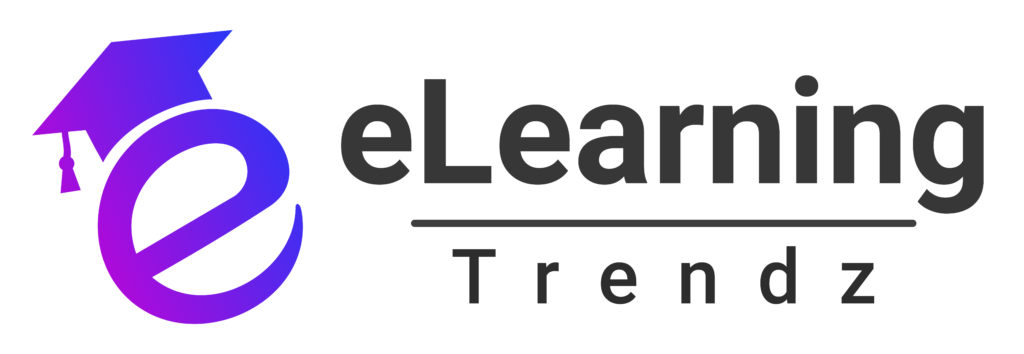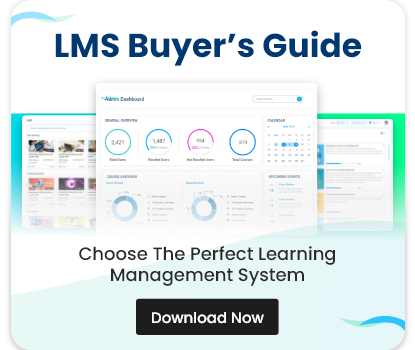In today’s fast-paced business environment, organizations are constantly seeking ways to improve employee performance, enhance productivity, and drive business growth. One of the most powerful tools at their disposal is an Integrated Learning Management System (LMS) with robust performance tracking capabilities. But why does performance tracking matter, and what hidden value does it bring to your organization? In this blog, we’ll explore the importance of performance tracking and how an integrated LMS can unlock its full potential.
What is Performance Tracking?
Performance tracking is the process of monitoring and analyzing employee performance data to identify strengths, weaknesses, and areas for improvement. In the context of an LMS, performance tracking involves measuring how employees engage with training content, their progress, and the impact of training on their job performance.
The Importance of Performance Tracking
1. Identifies Skill Gaps
Performance tracking helps organizations identify skill gaps in their workforce. By analyzing data on course completion rates, quiz scores, and practical assessments, businesses can pinpoint areas where employees need additional training.
- Example: If sales teams consistently score low on product knowledge quizzes, the organization can develop targeted training modules to address this gap.
2. Enhances Employee Development
An integrated LMS with performance tracking enables personalized learning paths. By understanding individual performance metrics, organizations can tailor training programs to meet the unique needs of each employee.
- Example: High-performing employees might be offered advanced leadership courses, while others receive foundational training to build essential skills.
3. Improves Training ROI
Performance tracking provides actionable insights into the effectiveness of training programs. By measuring key metrics such as course completion rates, knowledge retention, and on-the-job performance, organizations can optimize their training investments.
- Example: If a specific training module leads to a measurable improvement in employee productivity, the organization can allocate more resources to similar programs.
4. Boosts Employee Engagement
When employees see their progress tracked and recognized, they are more likely to stay engaged with training programs. Performance tracking fosters a sense of accomplishment and motivates employees to achieve their learning goals.
- Example: Gamification features like badges and leaderboards can make performance tracking more engaging and rewarding.
5. Supports Data-Driven Decision Making
Performance tracking transforms raw data into actionable insights. Organizations can use this data to make informed decisions about training content, delivery methods, and resource allocation.
- Example: Analytics might reveal that employees prefer microlearning modules over lengthy courses, prompting the organization to shift its training strategy.
The Hidden Value of an Integrated LMS
An Integrated LMS takes performance tracking to the next level by seamlessly combining training and performance data into a single platform. Here’s how it adds value:
1. Centralized Data Management
An integrated LMS consolidates all training and performance data in one place, making it easier to track, analyze, and report on employee progress.
- Benefit: Eliminates data silos and ensures consistency across the organization.
2. Real-Time Feedback
With an integrated LMS, managers and employees can access real-time performance data, enabling immediate feedback and course corrections.
- Benefit: Faster response to performance issues and more agile training adjustments.
3. Automated Reporting
An integrated LMS automates the generation of performance reports, saving time and reducing the risk of human error.
- Benefit: Streamlined reporting processes and more accurate insights.
4. Alignment with Business Goals
By linking training outcomes to performance metrics, an integrated LMS ensures that employee development aligns with organizational objectives.
- Benefit: Training programs that directly contribute to business success.
5. Scalability
An integrated LMS can scale with your organization, accommodating growing teams and evolving training needs without compromising performance tracking capabilities.
- Benefit: Future-proof your training and performance management strategies.
How to Leverage Performance Tracking in Your LMS
To maximize the value of performance tracking, follow these best practices:
- Set Clear Objectives: Define what you want to achieve with performance tracking (e.g., closing skill gaps, improving productivity).
- Choose the Right LMS: Select an LMS with robust performance tracking and analytics features.
- Train Your Team: Ensure managers and employees understand how to use performance tracking tools effectively.
- Act on Insights: Use performance data to refine training programs and address identified gaps.
- Monitor Continuously: Regularly review performance metrics to track progress and make ongoing improvements.
Conclusion
Performance tracking is no longer a nice-to-have—it’s a must-have for organizations committed to employee development and business success. An Integrated LMS with advanced performance tracking capabilities unlocks hidden value by identifying skill gaps, enhancing employee development, improving training ROI, boosting engagement, and supporting data-driven decision-making.
Are you ready to harness the power of performance tracking? Invest in an integrated LMS today and transform the way you train, track, and grow your workforce.









